Freezing Aloe Vera and Its Impressive Benefits
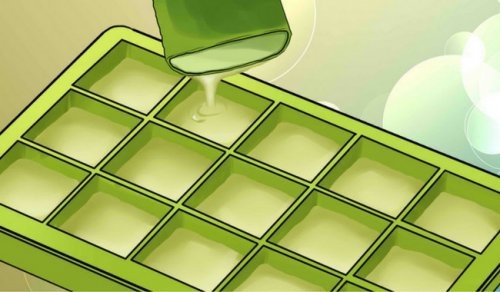

Reviewed and approved by the biologist Cesar Paul González
Indeed, aloe vera provides countless health benefits. Freezing aloe vera, and more specifically, its gel, is one way you can fully benefit from this plant.
It’s a perfect skincare solution but it can also be used to cleanse your digestive system.
The inside of the aloe vera plant is gelatinous, meaning it can be difficult to conserve properly.
This is where the importance of freezing aloe vera comes in.
It’s a simple process with numerous skincare and general health benefits.
Why you should be freezing aloe vera
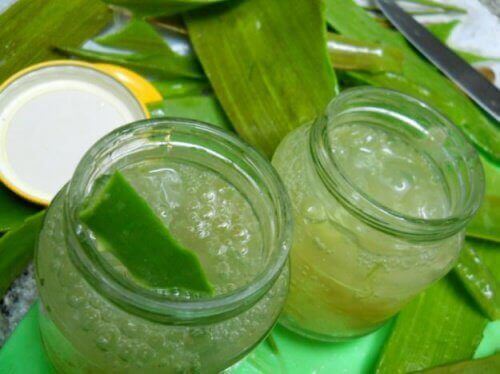
Aloe vera has many fast-acting beneficial properties.
However, when exposed to cold, UV rays, wind, dust, and other elements, the gel can lose its potency.
That’s why freezing aloe vera gel is important.
There are also other simple methods of preserving the gel, like warming it and putting it in a heat-retaining container.
Want to know more?: 9 Medicinal Benefits of Aloe Vera Gel
Freezing aloe vera
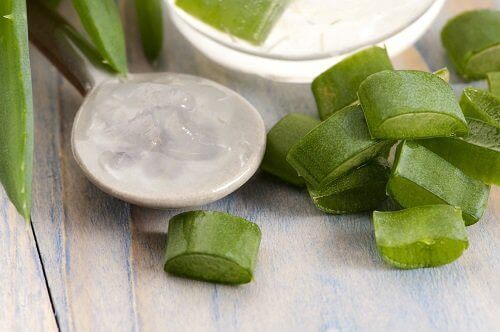
- First, to freeze aloe vera, gather the aloe vera leaves.
Aloe grows two or three times per year. You should pick the leaves during the first growth of the year. - Then, after gathering the leaves, remove the skin. Use a sharp knife and make sure you don’t damage the gel inside.
- Once you’ve removed the skin, put the gel in a plastic container. The best container to use is an ice tray with multiple separate compartments. Since it’s a mold, the gel will conveniently take on its shape.
- Once you’ve used all of the gel, place the tray in the freezer.
- By doing this, you can preserve the gel for as long as you want.
Using aloe vera gel
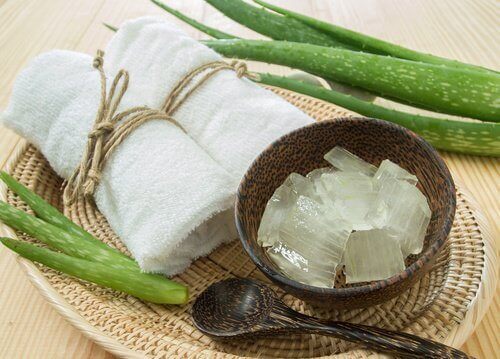
Freezing aloe vera provides many benefits. The fact that it keeps its properties is just one reason to do it.
It also keeps the consistency of the gel.
Applying it after being in the refrigerator for a few days is easy. After a few minutes, it will return to its original gelatinous texture.
The benefits of using aloe vera
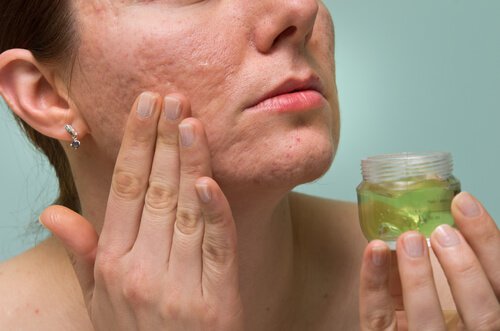
This gel is highly recommended for light burns or sunburns.
Aloe vera can be used as a cream on the injury. This helps to relieve pain and prevent any possible negative effects from the burn. Here’s how:
- Firstly, wash the affected area.
- Then, gently apply the aloe gel.
This treatment is also recommended for treating varicose veins.
Varicose veins can become inflamed due to high blood pressure. This creates an obstruction that exerts pressure on the walls of your veins.
- Thanks to its analgesic effects, aloe vera helps to reduce inflammation in varicose veins.
Read more: 8 Exercises to Treat Varicose Veins
Additional uses
In addition, aloe vera gel is great for blisters, irritation, or fungus on your feet, as it provides great natural relief.
If you decide to use this gel for your blisters or feet, you should do it before you go to sleep. This will reduce the amount of contact your feet have with other surfaces.
The benefits of freezing aloe vera don’t stop here, though. It’s also very effective for treating skin problems and acne. Here’s how:
- To this end, keep many portions ready for the day. This way, you can apply it in the morning and at night.
- Moreover, you should wash your skin with lukewarm water 30 minutes after applying the gel.
Also, remember that it’s an excellent hydrating face mask. In addition, there are many recipes that can leave your skin glowing. To make them, simply use some of the frozen aloe gel you have on hand.
In conclusion, there are countless natural recipes that use aloe vera. Indeed, one of the best ways to have enough aloe gel to try them is by freezing aloe vera.
This is a soothing solution with many benefits. Give it a try!
Main image courtesy of © wikiHow.com
All cited sources were thoroughly reviewed by our team to ensure their quality, reliability, currency, and validity. The bibliography of this article was considered reliable and of academic or scientific accuracy.
-
Surjushe, A., Vasani, R., & Saple, D. (2008). Aloe vera: A short review. Indian Journal of Dermatology. https://doi.org/10.4103/0019-5154.44785.</p>
-
Sciences, L. (2007). Aloe vera. Reactions Weekly. https://doi.org/10.2165/00128415-200711480-00025.</p>
-
Domínguez, I. R., Gutiérrez, O. S., López, O. R., & Naranjo, M. F. (2006). Beneficios del Aloe Vera l. (sábila) en las afecciones de la piel. Revista Cubana de Enfermeria. https://doi.org/10.1053/joms.2000.9572.</p>
This text is provided for informational purposes only and does not replace consultation with a professional. If in doubt, consult your specialist.








